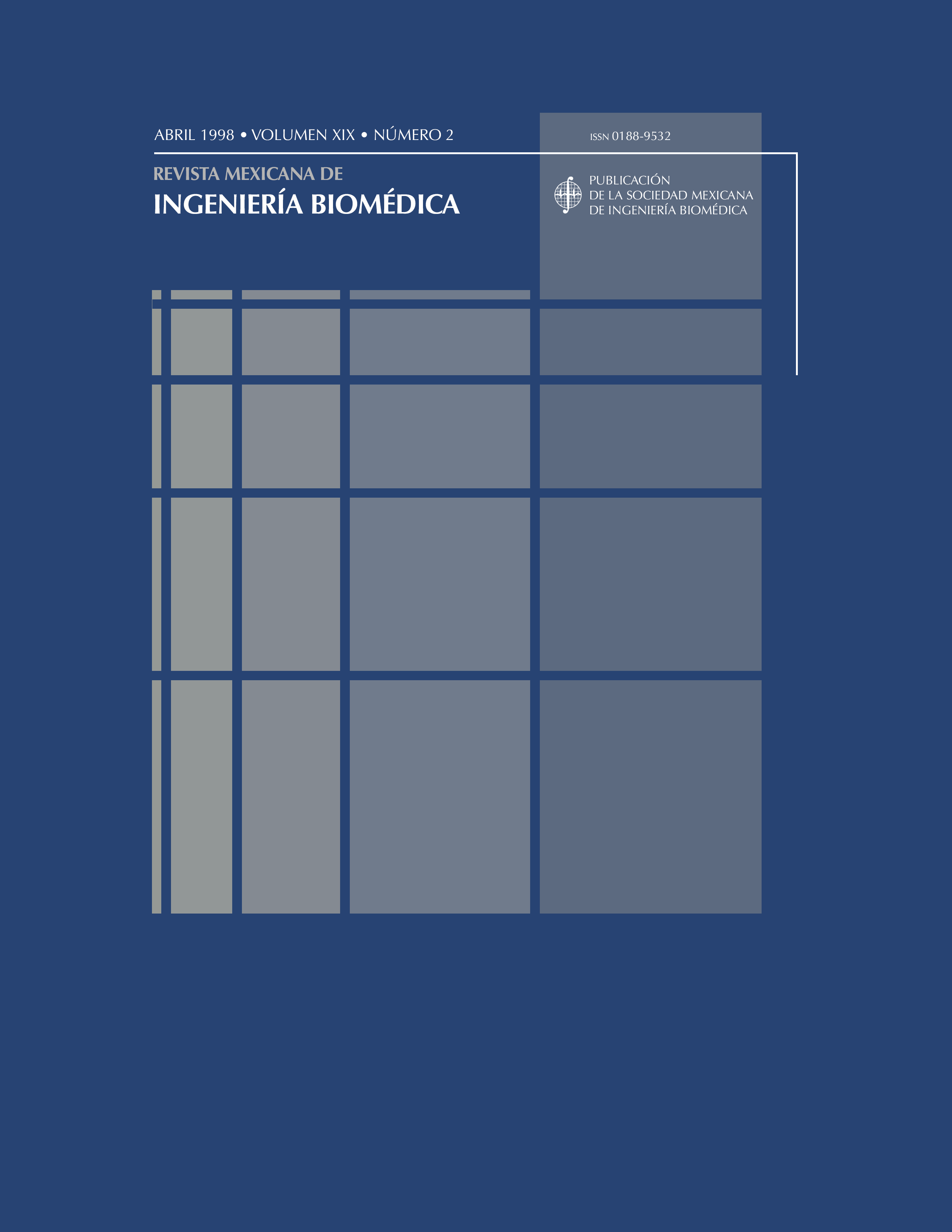Prótesis Valvular Cardíaca. Vigencia del Diseño con Oclusor Esférico en una Jaula Metálica
Abstract
Cardiovascular surgeons disagree on the performance of different heart valve prostheses. The best opinions are based on statistical analysis of results of outcome and performance studies, as opposed to others based on prejudice or bias based on the design, trademark, or other marketing efforts with little or no scientific content.
A frequent argument is that a design is too old, and that newer designs are better. This article is a review of the literature on the subject to understand the best scientific opinions.
The Ball Valve first appeared in 1961 and gained worldwide acceptance for 20 years. Eventually the low-profile valve designed appeared, with an oscillating disc, which temporarily gained the surgeon’s preference. The Ball Valve regained acceptance when the Food and Drug Administration excluded the low-profile design from the market in the U.S. Today, the double valve is generally preferred, but some surgeons still prefer the Ball Valve for mitral or tricuspid replacements with several valid reasons; the ball valve is more resistant, has no cardiac energy loss due to reflux, and patients suffer fewer thromboembolic episodes, and of lesser severity than with other valves. In addition, all patients with any of the heart valve designs is forced to use anticoagulants indefinitely.
Downloads
Downloads
Published
How to Cite
Issue
Section
License
Upon acceptance of an article in the RMIB, corresponding authors will be asked to fulfill and sign the copyright and the journal publishing agreement, which will allow the RMIB authorization to publish this document in any media without limitations and without any cost. Authors may reuse parts of the paper in other documents and reproduce part or all of it for their personal use as long as a bibliographic reference is made to the RMIB. However written permission of the Publisher is required for resale or distribution outside the corresponding author institution and for all other derivative works, including compilations and translations.




